Continuous Integration / Continuous Delivery (CI/CD) Processes
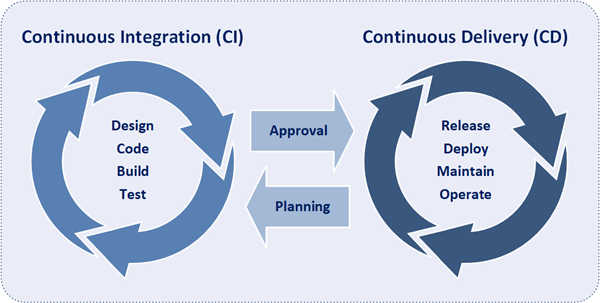
Continuous Integration (CI)
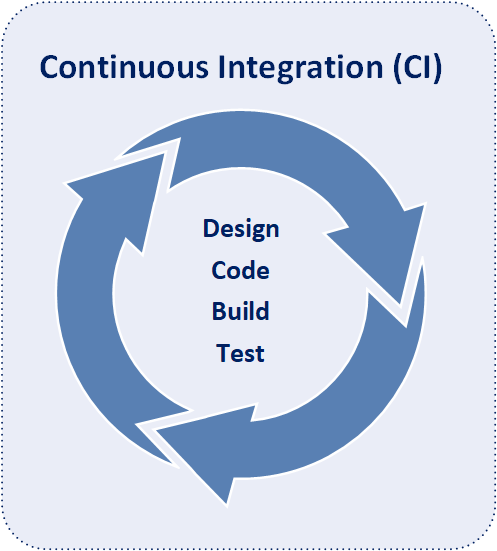
Continuous Integration is a practice utilized by software development teams in which the merging and testing code of code is automated, and code is constantly being integrated into a shared code repository. The merging of code into the shared repository occurs at short intervals and can occur several times within a day. Moreover, each small integration of code is commonly verified by an automated build and by automated tests. While automated testing is not required as part of CI, it is typically implied.
The primary goal of CI is the establishment of a consistent and automated way to build and test custom software applications. Further, CI enables development teams to effectively collaborate in the development of components of a complete software application and can improve the overall quality of the application code. And with CI in place, development teams are more likely to frequently share codes changes rather than waiting for the end of a development cycle. Implementing CI also helps development teams catch bugs early in the development cycle, which makes them easier and less expensive to fix.
Continuous Delivery (CD)
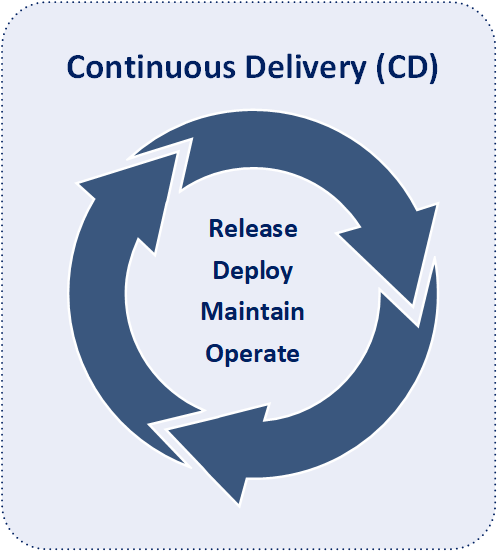
Continuous Delivery is the next step after CI in the software development process in which code changes are automatically migrated to the next infrastructure environment (i.e. Test, Acceptance, Pre-Production, Beta, Production, etc.). Application code is typically developed and integrated together within a development environment. CD then automates the delivery of software applications to another infrastructure environment after the code is successfully built and tested. CD is not limited to one environment and typically includes three to four environments. In addition to the automated migration of software applications to another environment, CD performs any necessary service calls to web servers, application servers, databases, and other services that may need to be restarted or follow other procedures when applications are migrated to that environment.
Whereas CI focuses on the build and the unit testing part of the development cycle for each release, CD focuses on what happens with a compiled change after it is built. In CD, code automatically moves through multiple test, acceptance, and/or pre-production environments to test for errors and inconsistencies as well as to prepare the code for a release to a production environment. Within the CD process, tests are automated and software packages rapidly deployed with minimal human intervention.
Between CI and CD Processes
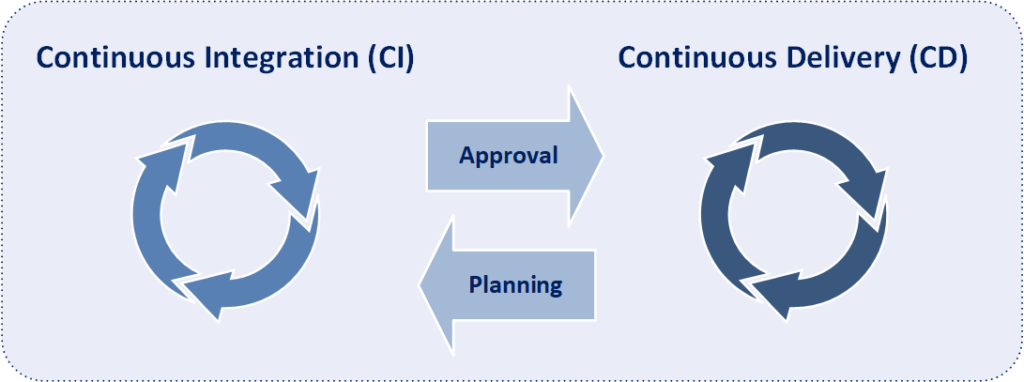
The transition between the CI and CD processes is both seamless and rapid. As the CI process ends, the CD process immediately starts. And when the CD process end, the CI process starts again. After software builds are successfully tested within the CI process, an approval kicks off the subsequent related CD process. Further, approvals can be either automatically executed with the success of all automated unit tests or manually executed with a human agreeing that all unit tests are successful. Then upon completion of the CD process, planning immediately starts for the next iteration of the CI process Typically planning focuses on the scope and tasks involved with the development of the next software component.
Complete CI/CD Process
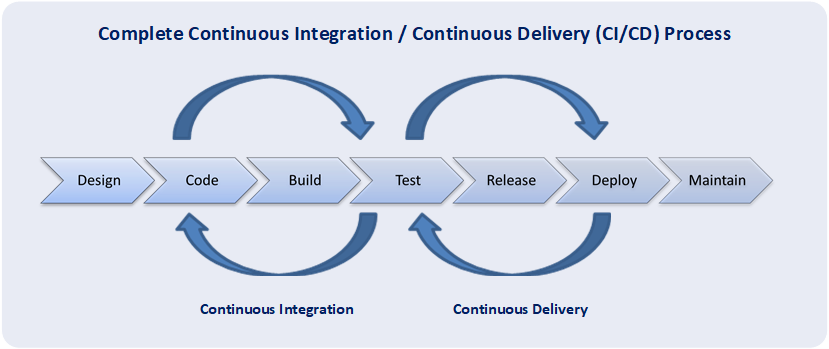


Leave a Reply
Want to join the discussion?Feel free to contribute!